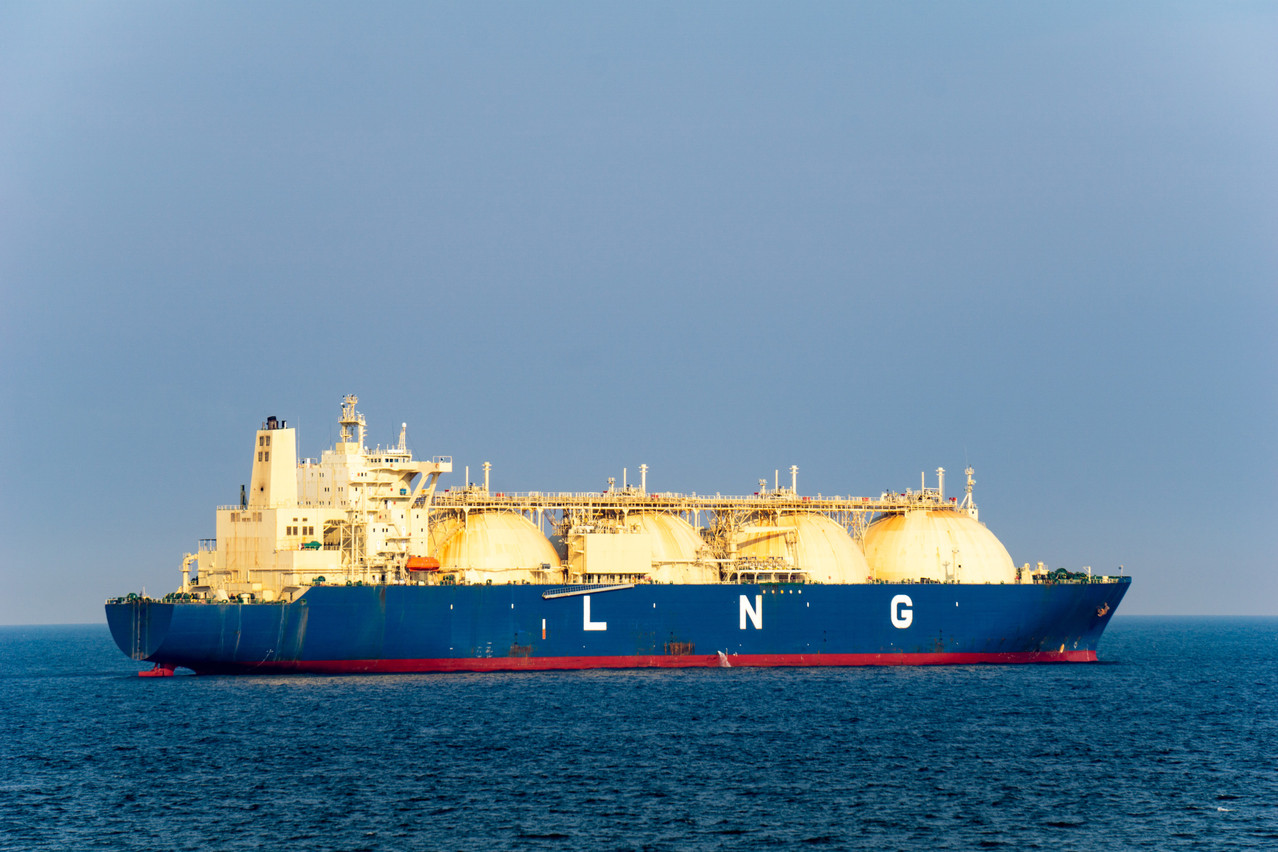According to figures published by market price reporting agency ICIS on Thursday, US liquefied natural gas imports hit 5.3 billion cubic metres in the month of September, eclipsing 2.2 billion cubic metres via pipeline from Russia’s Gazprom and a further 1.5 billion cubic metres from Yamal LNG in Siberia.
The switch to US gas is part of Europe’s efforts to reduce its reliance on Russian gas. However, the injection of extra US gas into the mix will do little for the coming winter, head of global LNG at ICIS Ed Cox warns.
“How much LNG production flexibility is left going into the winter? Not much,” said Cox.
Liquefied natural gas is inherently more flexible than pipeline gas because cargoes of gas in liquefied form can divert to the highest priced market. However, production is under pressure.
“The Freeport [US LNG plant] outage, feedgas cuts and seasonal planned maintenance means global utilisation rates [of LNG production facilities] have actually fallen in recent months,” said Cox.
Luxembourg and other European countries are working towards cutting their gas usage by 15% in order to reduce demand.
